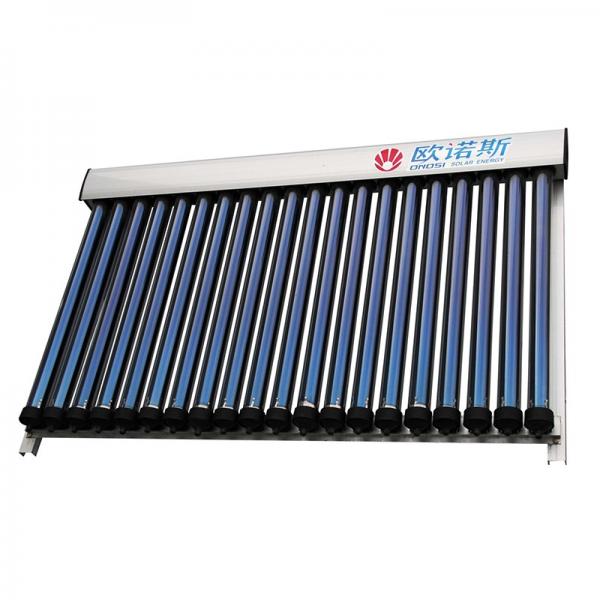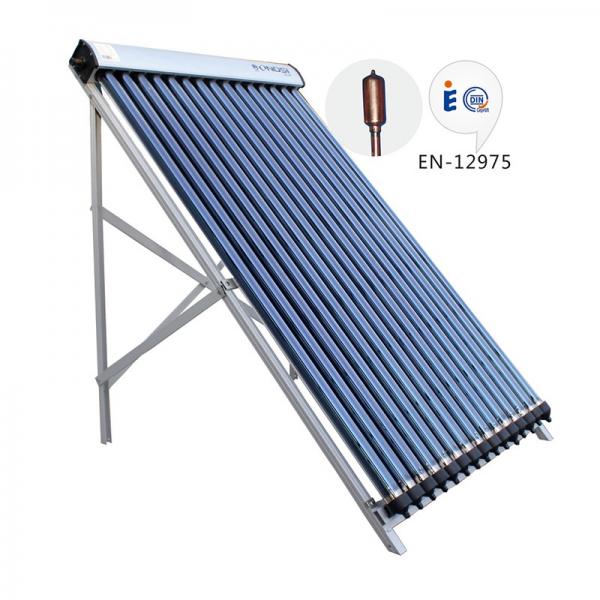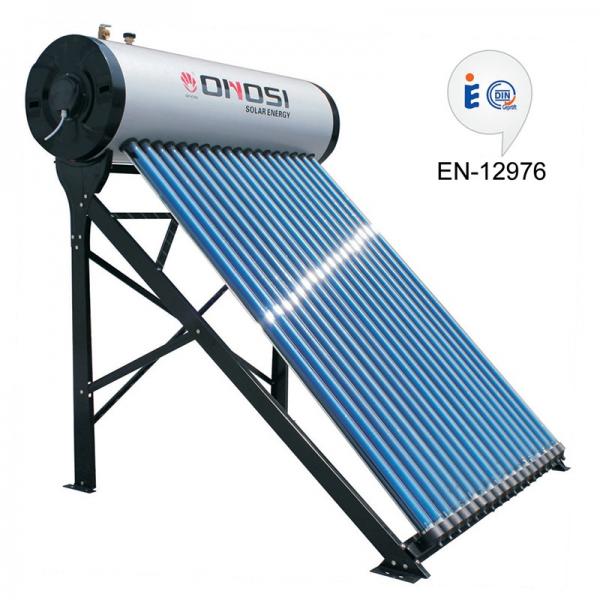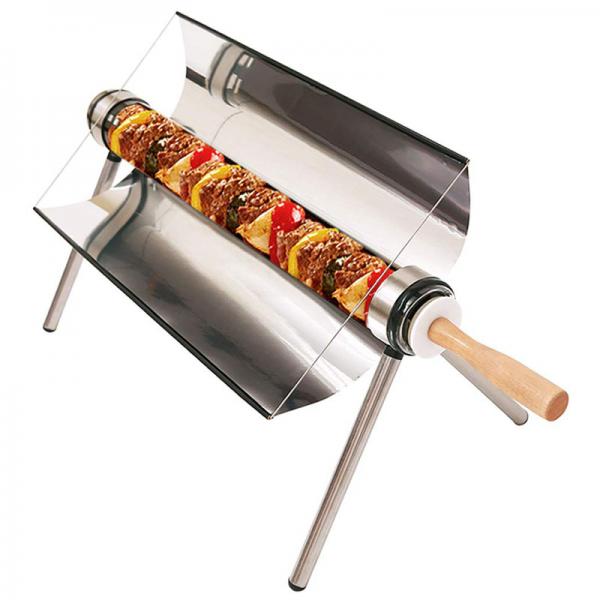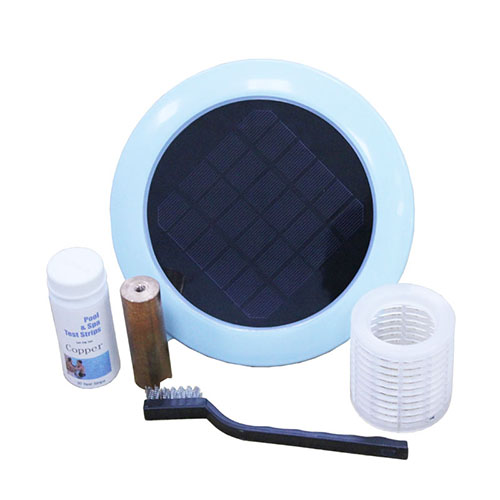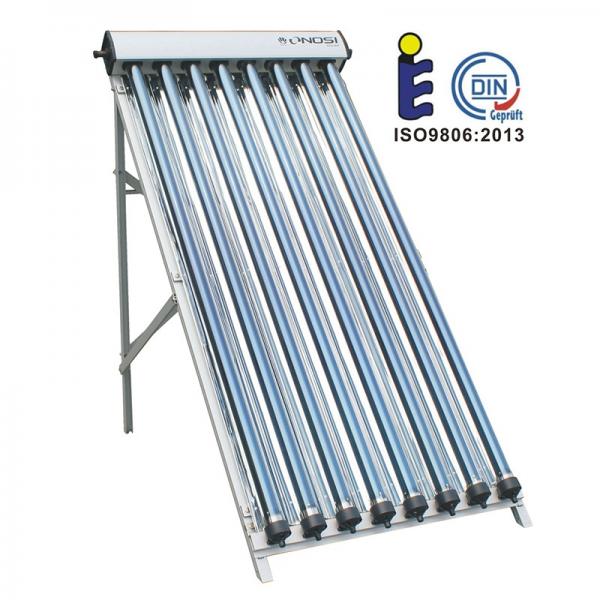

Солнечные водонагреватели - также называемые солнечными системами горячего водоснабжения - могут быть экономически эффективным способом получения горячей воды для вашего дома. Они могут использоваться в любом климате, и топливо, которое они используют - солнечный свет - бесплатно.
КАК ОНИ РАБОТАЮТ
Солнечные водонагревательные системы включают в себя резервуары и солнечные коллекторы. Существует два типа солнечных водонагревательных систем: активные, которые имеют циркуляционные насосы и органы управления, и пассивные, которые не имеют.
Активные солнечные
водонагревательные системы Существует два типа активных солнечных водонагревательных систем:
Direct circulation systems
Pumps circulate household water through the collectors and into the home. They work well in climates where it rarely freezes.
Indirect circulation systems
Pumps circulate a non-freezing, heat-transfer fluid through the collectors and a heat exchanger. This heats the water that then flows into the home. They are popular in climates prone to freezing temperatures.
Passive Solar Water Heating Systems
Passive solar water heating systems are typically less expensive than active systems, but they're usually not as efficient. However, passive systems can be more reliable and may last longer. There are two basic types of passive systems:
Integral collector-storage passive systems
These work best in areas where temperatures rarely fall below freezing. They also work well in households with significant daytime and evening hot-water needs.
Thermosyphon systems
Water flows through the system when warm water rises as cooler water sinks. The collector must be installed below the storage tank so that warm water will rise into the tank. These systems are reliable, but contractors must pay careful attention to the roof design because of the heavy storage tank. They are usually more expensive than integral collector-storage passive systems.
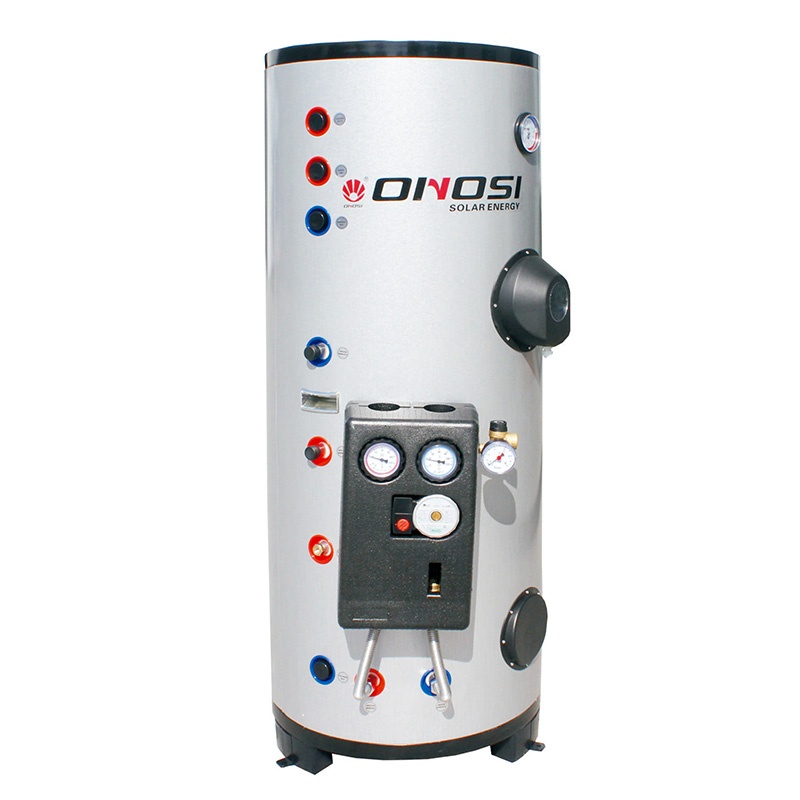
STORAGE TANKS AND SOLAR COLLECTORS
Most solar water heaters require a well-insulated storage tank. Solar storage tanks have an additional outlet and inlet connected to and from the collector. In two-tank systems, the solar water heater preheats water before it enters the conventional water heater. In one-tank systems, the back-up heater is combined with the solar storage in one tank.
Three types of solar collectors are used for residential applications:
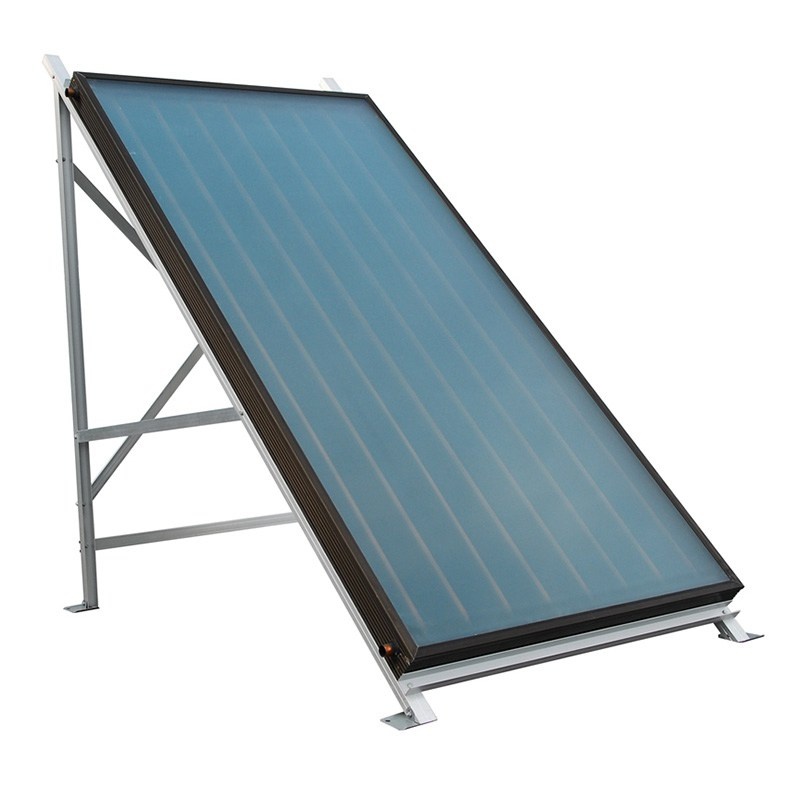
Glazed flat-plate collectors are insulated, weatherproofed boxes that contain a dark absorber plate under one or more glass or plastic (polymer) covers. Unglazed flat-plate collectors -- typically used for solar pool heating -- have a dark absorber plate, made of metal or polymer, without a cover or enclosure.
Integral collector-storage systems
Also known as ICS or batch systems, they feature one or more black tanks or tubes in an insulated, glazed box. Cold water first passes through the solar collector, which preheats the water. The water then continues on to the conventional backup water heater, providing a reliable source of hot water. They should be installed only in mild-freeze climates because the outdoor pipes could freeze in severe, cold weather.
Evacuated-tube solar collectors

They feature parallel rows of transparent glass tubes. Each tube contains a glass outer tube and metal absorber tube attached to a fin. The fin's coating absorbs solar energy but inhibits radiative heat loss. These collectors are used more frequently for U.S. commercial applications.
Solar water heating systems almost always require a backup system for cloudy days and times of increased demand. Conventional storage water heaters usually provide backup and may already be part of the solar system package. A backup system may also be part of the solar collector, such as rooftop tanks with thermosyphon systems. Since an integral-collector storage system already stores hot water in addition to collecting solar heat, it may be packaged with a tankless or demand-type water heater for backup.
Тепловая труба солнечный водонагреватель, Солнечная водонагревательная система, Солнечный водонагреватель









